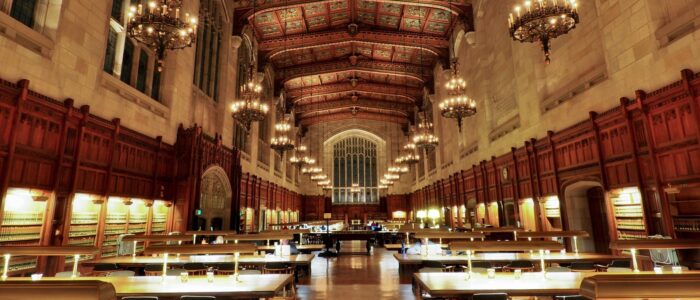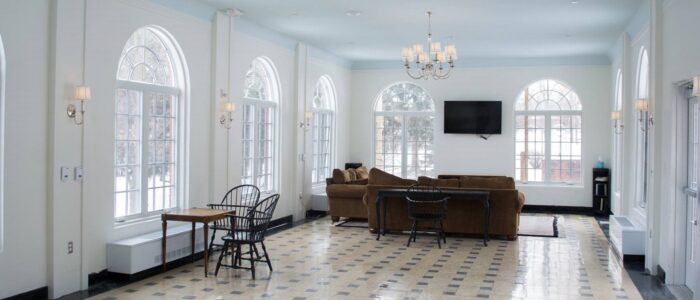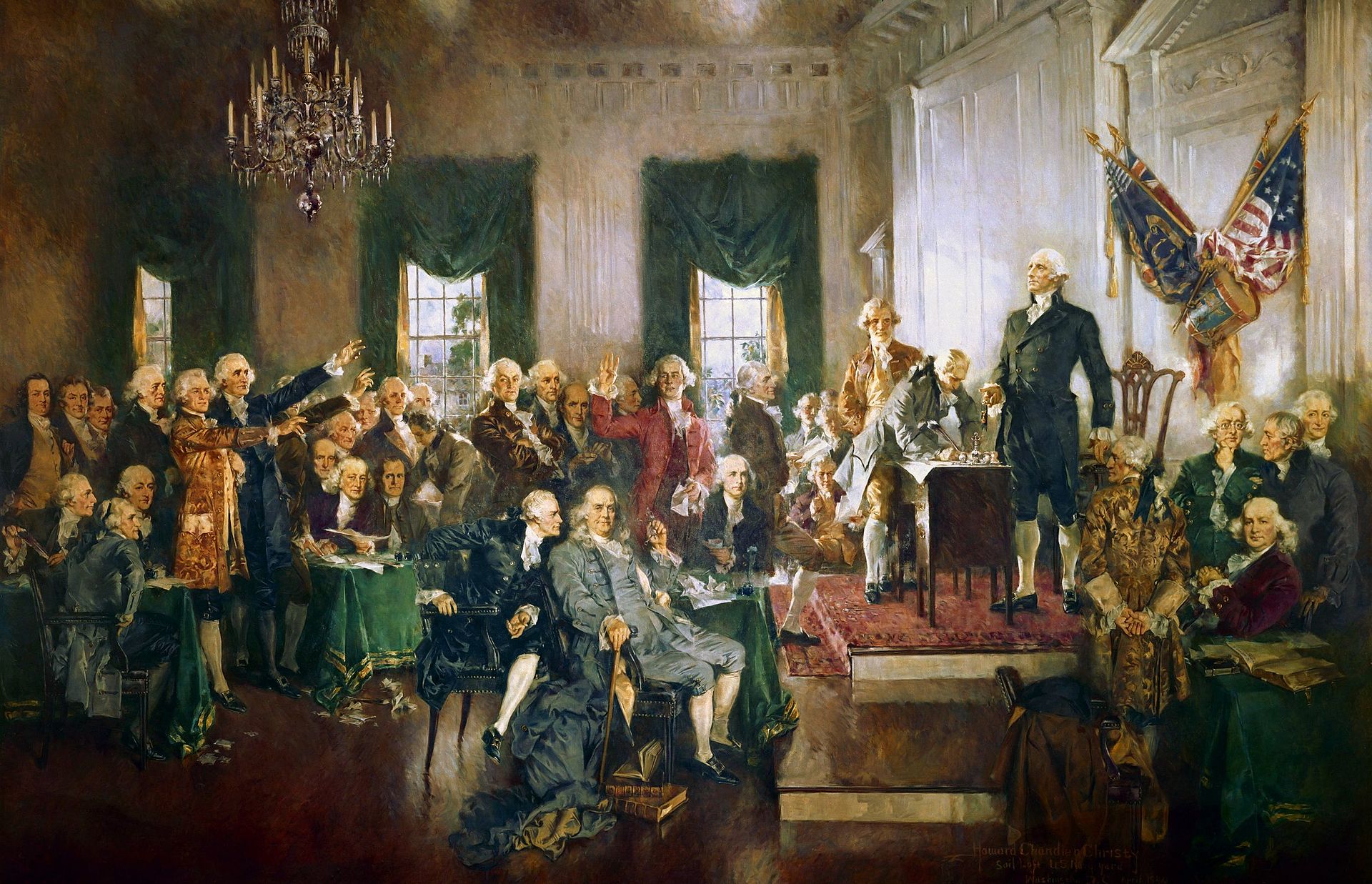Tag Archives: Evergreen
- Home
- Posts tagged "Evergreen" (Page 6)

Standards March: Water
Curated list of our interest and accomplishments in water-related codes, standards and related best practice literature.
International Building Code | Chapter 29 Plumbing Systems
“Àguas de março” (A.C.Jobim)
Escola Municipal de Música de Sant Andreu | Catalunya Província de Barcelona @joanchamorro
print(“Lunch Hour 1600 UTC”)\n weekday(2)
print(“Padrão Brasil”)https://t.co/wFPKtBBD2R pic.twitter.com/vibSBRmBC3— Standards Michigan (@StandardsMich) March 6, 2024
A good understanding of waves in shallow water, typically in coastal regions, is important for several environmental and societal issues: submersion risks, protection of harbors, erosion, offshore structures, wave energies, etc.https://t.co/E6T2woxQ67@_CIRM @CIGLR_UM pic.twitter.com/DUnk6rlFW9
— Standards Michigan (@StandardsMich) February 24, 2021
Water Cycle Equation:
Precipitation = Runoff + Infiltration + Evapotranspiration + ΔStoragehttps://t.co/DdIA3UWUxy
Georgia Southern University Civil Engineering & Constructionhttps://t.co/rVhv4tyuBt@GeorgiaSouthern pic.twitter.com/9yo5NZrJQH— Standards Michigan (@StandardsMich) September 10, 2020
We are marking up NSF 50 Standard for Recreational Water Facilities RE: piping changeshttp://t.co/9TDj8D4Ic4 pic.twitter.com/OsGIo5w6q2
— Standards Michigan (@StandardsMich) January 7, 2015
Today we review live public consultation notices from standards setting organizations creating best practice literature and policy templates for water safety and sustainabilityhttps://t.co/sM4vKIpRTK pic.twitter.com/T5kJ1LpYrC
— Standards Michigan (@StandardsMich) August 4, 2020
A good understanding of waves in shallow water, typically in coastal regions, is important for several environmental and societal issues: submersion risks, protection of harbors, erosion, offshore structures, wave energies, etc.https://t.co/E6T2woxQ67@_CIRM @CIGLR_UM pic.twitter.com/DUnk6rlFW9
— Standards Michigan (@StandardsMich) February 24, 2021
“Microfiber Release to Water, Via Laundering, and to Air, via Everyday Use: A Comparison between Polyester Clothing with Differing Textile Parameters”
University of Plymouth @PlymUni
Consiglio Nazionale delle Ricerche @CNRsocial_https://t.co/suKmOp56HD pic.twitter.com/kJ0uFFwmAN— Standards Michigan (@StandardsMich) September 25, 2021
Duke University Press – A Future History of Water
Andrea Ballesterohttps://t.co/cm4ybE6W76 pic.twitter.com/5RmPdmtMr7— Standards Michigan (@StandardsMich) May 15, 2020
RT @wef: Where is the world’s hidden groundwater? https://t.co/cTCqljIFsu #environment #water pic.twitter.com/OoVxrzvh3q
— Standards Michigan (@StandardsMich) December 11, 2015
ANSI Seeks Comments on ISO Proposal for Water Products
Comments due December 8thhttps://t.co/PbCprmGyFc @standardsaus @ansidotorg @IFMA pic.twitter.com/ToDwD0K4R9— Standards Michigan (@StandardsMich) November 5, 2017
Boiler University https://t.co/p8HkfwQh5b
Ritchie and Steven discuss steam boiler mathematics: Horsepower, Pounds Per Hour, Boiler Horsepower Formula, Pounds Per Hour Formula, Convert Steam to hot water formula, Heat exchanger, Steam Load@WareInc pic.twitter.com/EosfgvE01S— Standards Michigan (@StandardsMich) February 4, 2021
Help us mark up standards that provide regulators w/specifics needed for wise use of waterhttps://t.co/4SQhP6k8YO https://t.co/lfBrUvgudy
— Standards Michigan (@StandardsMich) November 10, 2015
The link between a college education and a lasting marriage

Opening page of “The Prologue of the Wife of Bath’s Tale,” from the Ellesmere manuscript of Geoffrey Chaucer’s Canterbury Tales, c. 1400.
Researchers at the National Center for Health Statistics estimate that 78% of college-educated women who married for the first time between 2006 and 2010 could expect their marriages to last at least 20 years. But among women who have a high school education or less, the share is only 40%.
The link between a college education and a lasting marriage
H.R. 7495: Empowering Learners through Competency-Based Education
“But what is government itself but the greatest of all reflections on human nature? If men were angels, no government would be necessary. If angels were to govern men, neither external nor internal controls on government would be necessary. In framing a government which is to be administered by men over men, the great difficulty lies in this: you must first enable the government to control control the governed; and in the next place oblige it to control itself.” — James Madison, Federalist 51
Relevant Federal Executive & Legislative Committees
House of Representatives: Committee on Education & the Workforce
Senate: Committee on Health, Education, Labor and Pensions
SCOTUS: West Virginia, et al. v. Environmental Protection Agency
H.R. 221: Expand Pell Grant eligibility to certain trade schools
H.R. 193: Teach Relevant Apprenticeships to Drive Economic Success Act
H.R. 302: Energy Cybersecurity University Leadership Act of 2023
The University Campus As A Designed Work and an Artefact of Cultural Heritage
Mechanical Clock from 1895 Still Ticking
Located in the Mechanical Engineering Building this clock has been keeping time for over 120 years and its ticking can be heard throughout the building. The clock was built by the Seth Thomas Clock Company and was installed in 1904.
The clock’s mechanism is powered by weights that are wound up manually twice a week. It has a pendulum that swings back and forth, keeping time with remarkable accuracy. The clock is also equipped with a chime that rings every quarter hour, as well as a striking mechanism that sounds the hours.
Over the years, the clock has undergone several renovations and restorations to keep it in good working order. In 2009, the clock was fitted with an electric motor to assist in winding the weights, but it still operates primarily through mechanical means.
Language Proficiency
“The first and most distinguishing feature of civil society is the use of language.”
Adam Ferguson’s “An Essay on the History of Civil Society”
Standard Practice for Assessing Language Proficiency
Committee F43 on Language Services and Products
One of the easiest ways to persuade someone who disagrees with you is to change the subject without them knowing about it. Application of this method is found in the technical literature that informs safety and sustainability regulations at all levels of government. Change definitions; change the subject; outcome changed — hence our interest in spoken, written and computer languages.
Almost all technical standards begin with a list of definitions which, among domain experts, are frequently hard won.
From the project prospectus:
Purpose—This practice describes best practices for the development and use of language tests in the modalities of speaking, listening, reading, and writing for assessing ability in accordance with the Interagency Language Roundtable (ILR)2 scale. This practice focuses on testing language proficiency in use of language for communicative purposes.
Limitations—This practice is not intended to address testing and test development in the following specialized areas: Translation, Interpretation, Audio Translation, Transcription, other job-specific language performance tests, or Diagnostic Assessment. Tests developed under this practice should not be used to address any of the above excluded purposes (for example, diagnostics).
This title was developed in accordance with internationally recognized principles on standardization established in the Decision on Principles for the Development of International Standards, Guides and Recommendations issued by the World Trade Organization Technical Barriers to Trade Committee.
As of the date of this post we find no changes in the titles developed by this committee; nor do we see any notice of meetings; likely owed to the circumstances of the pandemic. Last Update: April 2020
Language lies at the foundation of all standards-setting so we maintain this title on the standing agenda of several of our daily colloquia. Its an “evergreen” topic that we can explore every day in every title in every catalog Feel free to click in to any of our daily colloquia; login credentials at the upper right of our home page.
More
Standards for the Modern Language Industry
American Council on the Teaching of Foreign Languages
Michigan State University: A Rhetorical History of the United States
CORRECTION: In the clip above, at the 5:11 mark, the caption should read: “He mobilized the English language”
„Jede Sprache ist eine schlechte Übersetzung“ – Franz Kafka
Architecture and Aesthetic Education
“The most enduring architectural works are those
that speak to the timeless principles of beauty and order.”
— Roger Scruton
Relax this Saturday with some music from Sir Roger Scruton
This piece was composed by Sir Roger for his wife, Sophie. This recording was performed by Bri Ulrich, transcribed by Josh Bauder, and recorded by Emma Davis. We hope you love it as much as we dohttps://t.co/NjdkGpkn71
— Roger Scruton Legacy Foundation (@Scruton_Legacy) March 25, 2023
Understanding Engineering Standards
Virginia Woolf: pic.twitter.com/8IPw1Fmevk
— Dr. Maya C. Popa (@MayaCPopa) May 25, 2023
Quadrivium: Architecture and Aesthetic Education
This content is accessible to paid subscribers. To view it please enter your password below or send mike@standardsmichigan.com a request for subscription details.
Methods of Building Measurement
Inspired by Lord Kelvin’s “If you can not measure it, you can not improve it” and Peter Drucker’s adage “If you can’t measure it, You can’t improve it” and W. Edwards Deming’s counter-argument — “It is wrong to suppose that if you can’t measure it, you can’t manage it – a costly myth.” we present the standards catalog of the Building Owner’s Management Association:
BOMA Area Measurement Standards Timeline 1915-2021
At the moment all titles in this catalog seem to be stabilized although a great deal of economic activity in the commercial real estate market involves adjustment to the circumstances of the pandemic. Largely because a sizeable portion of square footage in every school district, college, university and university-affiliated healthcare research and clinical delivery system derives at least part of its funding from governments at all levels there are workgroups devoted to measuring square footage and documenting its use. For example:
Space Management: University of Oklahoma
Space Management: Texas A&M University-San Antonio
Space Management Policy: University at Buffalo
Getting square-footage right is essential for securing an organization’s sustainability and “green” claims for example. The links in previous posts provide for information about future public consultations.
We maintain the BOMA catalog on the agenda of our Space Planning, Hammurabi and Architectural colloquia, hosted 6 to 8 times annually. See our CALENDAR for the next online meeting, open to everyone.
Posted March 20, 2021
We drill into the specifics commonly found in education communities: sub-lease of space to private industry in publicly-owned facilities. The Building Owners and Managers Association International is an ANSI-accredited consensus standard developer and revised its standard — BOMA Z65.5 Retail Properties: Standard Method of Measurement. Measuring the area of a retail building can quickly become complex when variables must be considered such as ancillary space, mezzanines and storefront lease lines. Many large research universities have long since leased space within many of their building envelopes for private industry to service their communities — student unions, hospitals, dormitories and athletic venues, for example. From the project prospectus:
Z65.5 is intended exclusively for retail properties and their associated structures and may be applied to single-tenant, multi-tenant or multi-building configurations. It features a single method of measurement, with two levels of measurement data, known as Partial Measurement and Overall Measurement for retail properties. It does not measure sidewalks, surface parking, drainage structures, or other ancillary site improvements. This standard is chiefly designed to generate Gross Leasable Area figures, a key metric in retail leasing; however, it also produces area figures which may be of interest to those examining space utilization, valuation, benchmarking, and the allocation of building expenses to various cost centers. The scope of this standard is not intended to be submitted for consideration as an ISO, IEC, or ISO/IEC JTC-1 standard.
Public consultation is open until February 8th.
You may obtain an electronic copy from: floorstandards@boma.org. Send comments (with optional copy to psa@ansi.org) to: floorstandards@boma.org. We encourage user-interest subject matter experts in education facility management to participate directly in the BOMA standards development process by communicating directly with Tanner Johnson at BOMA (tjohnston@boma.org) or 202-326-6357 for more information.
We keep the BOMA catalog on the standing agenda of our colloquia devoted to building construction best practice. See our CALENDAR for the next online meeting; open to everyone.
Issue: [14-117]
Category: Architectural, Facility Asset Management
Colleagues: Jack Janveja, Richard Robben
More
Carnegie Classification of Institutions of Higher Education
Posted February, 20 2020
The Building Owners and Managers Association International (BOMA) is an ANSI-accredited consensus standard developer. BOMA has initiated the process of revising its real property measurement standard — BOMA Z65.2 For Industrial Buildings: Standard Methods of Measurement. The primary objectives of this standard are:
– To promote an unambiguous framework for determining the areas of Industrial Buildings with a strong focus on Rentable Area calculations;
– To facilitate transparency and clear communication of building measurement concepts among all participants in the commercial real estate
industry;
– To allow a comparison of values on the basis of a clearly understood and generally agreed upon method of measurement; and
– To align concepts and measurement methodologies with the International Property Measurement Standards: Industrial Buildings (January 2018)
document.
Comments due March 15th
Click here to view these changes in full (Page 2)
Send comments (with optional copy to psa@ansi.org) to: tjohnston@boma.org













Standards Michigan follows, but d0es not advocate in most of the BOMA standards suite for the following reasons:
- Educational facility occupancies are fairly well accounted for in existing federal and state regulations
- Advocacy in energy-related best practice titles are a better use of resources at the moment.
We encourage user-interest subject matter experts in education facility management to participate directly in the BOMA standards development process by communicating directly with Tanner Johnson at BOMA (tjohnston@boma.org) or 202-326-6357 for more information.
We maintain the entire BOMA suite on our periodic Model Building Code colloquia. See our CALENDAR for the next online meeting; open to everyone.
Issue: [15-200]
Category: Architectural, Space Plaaning, Facility Asset Management
Colleagues: Jack Janveja, Richard Robben
LEARN MORE:
Facilities Information Management
Guideline for Square Footage Requirements for Educational Facilities
Guide to School Site Analysis and Development
5.18.20
New update alert! The 2022 update to the Trademark Assignment Dataset is now available online. Find 1.29 million trademark assignments, involving 2.28 million unique trademark properties issued by the USPTO between March 1952 and January 2023: https://t.co/njrDAbSpwB pic.twitter.com/GkAXrHoQ9T
— USPTO (@uspto) July 13, 2023
Standards Michigan Group, LLC
2723 South State Street | Suite 150
Ann Arbor, MI 48104 USA
888-746-3670


























